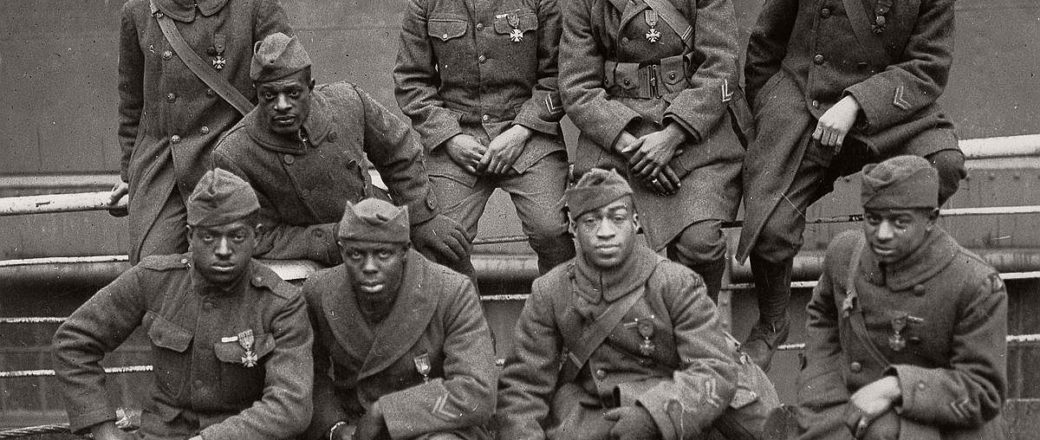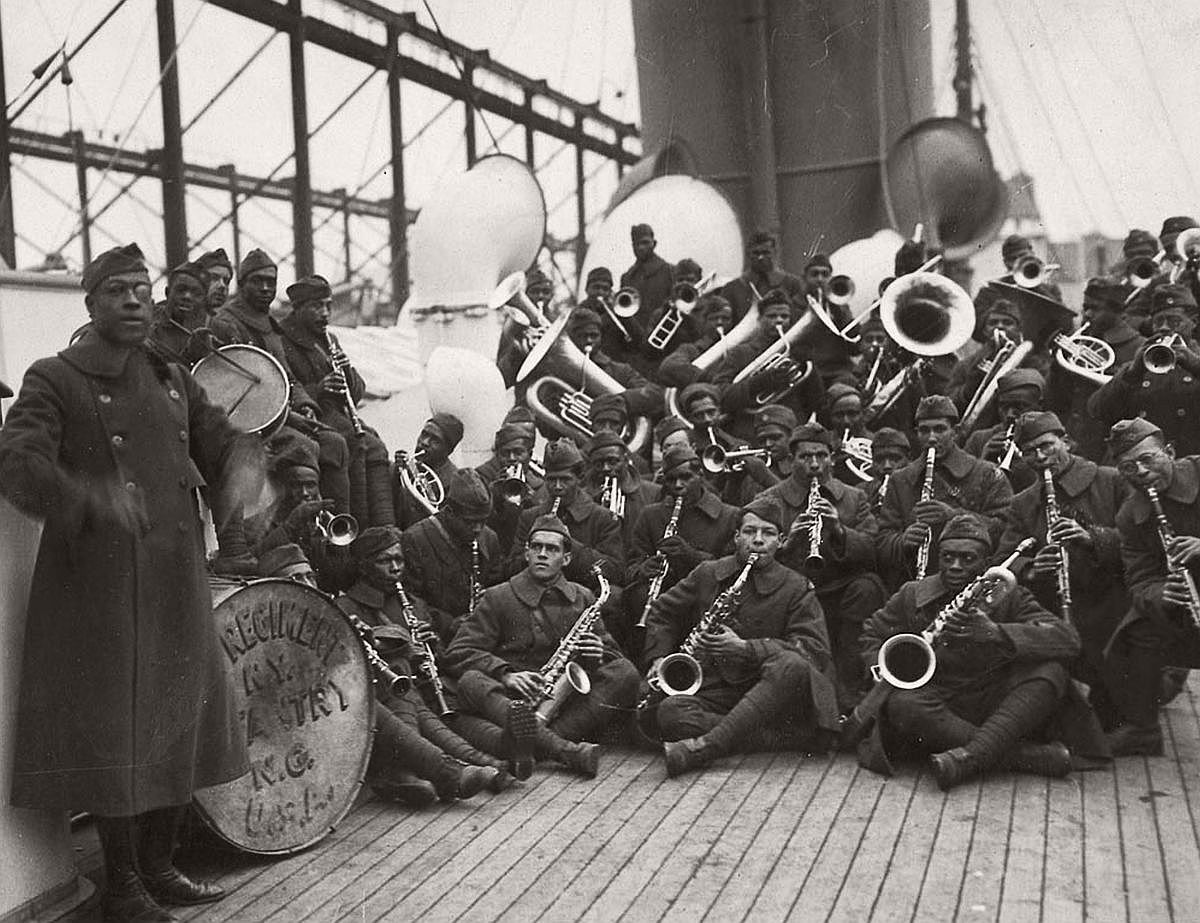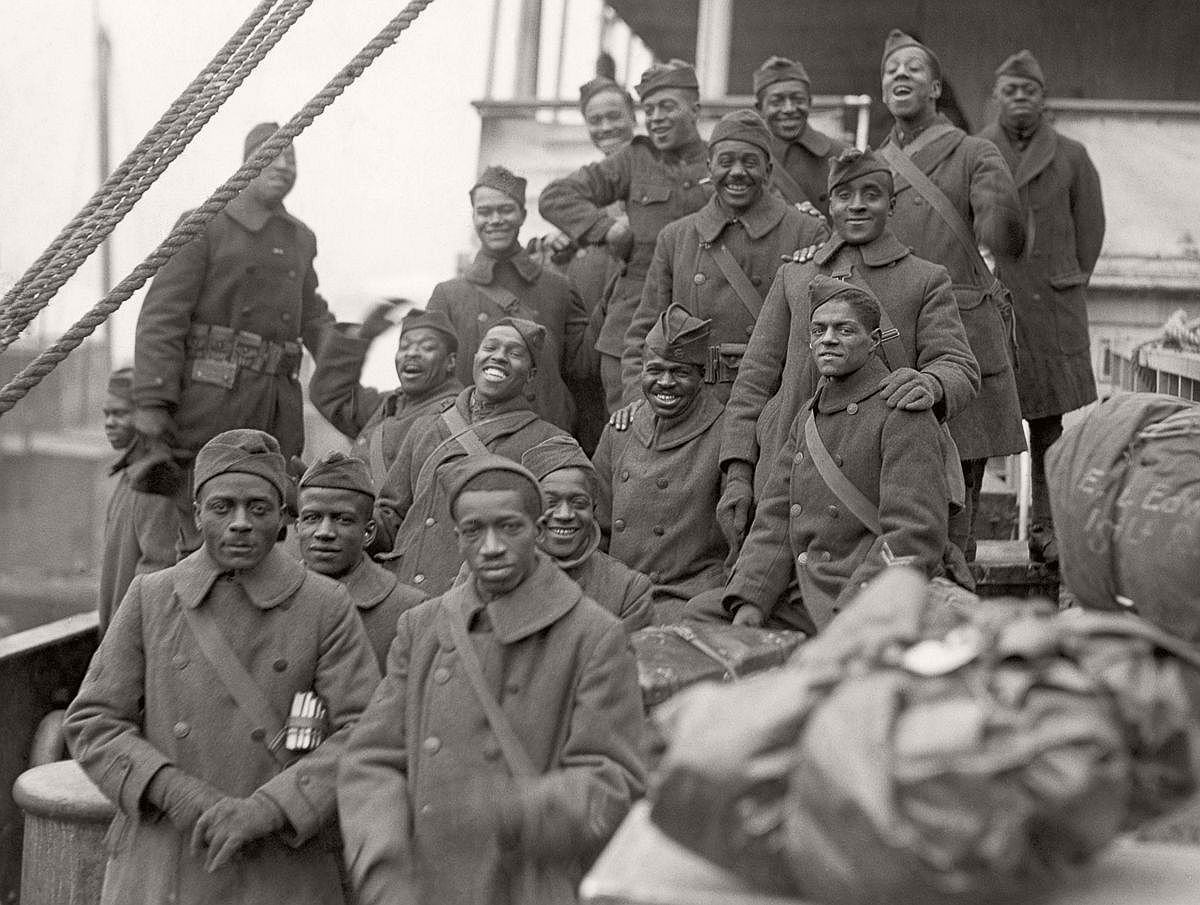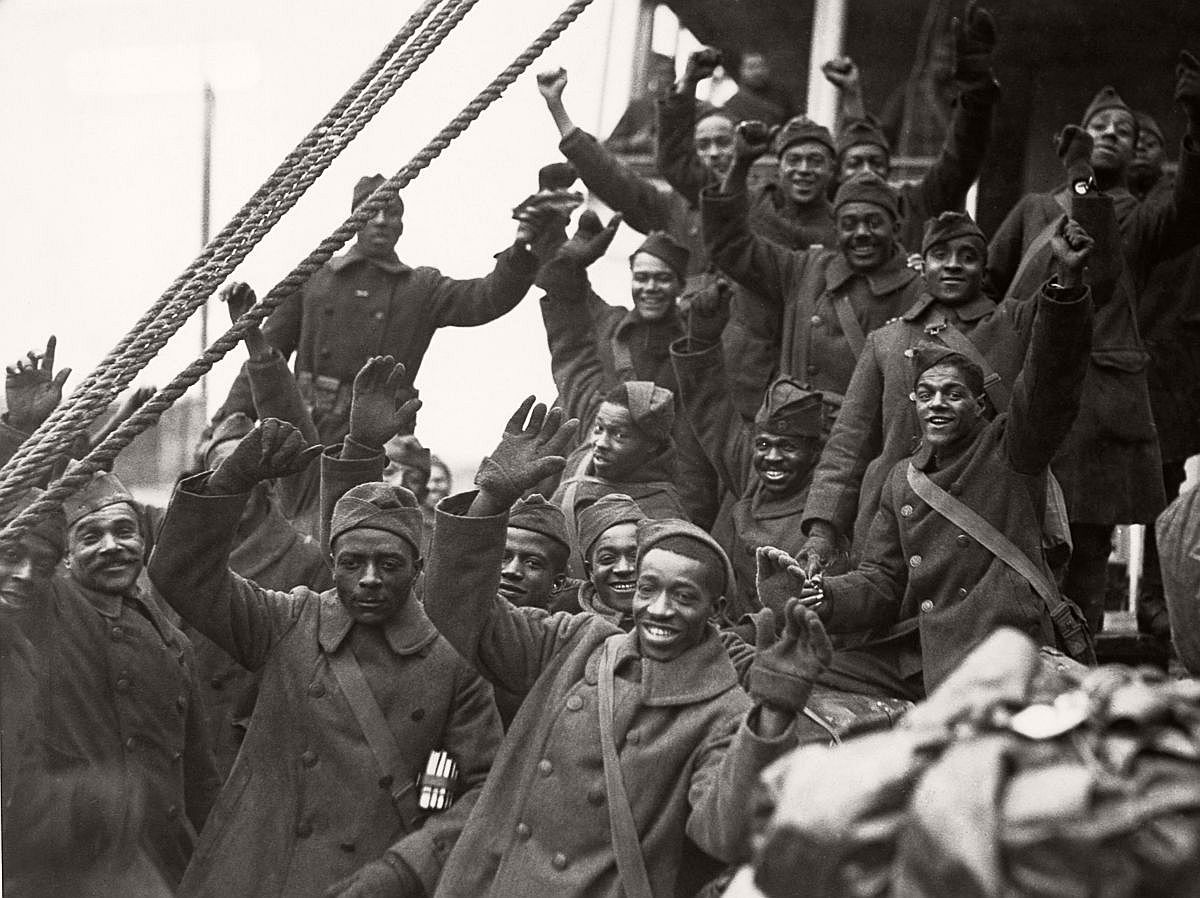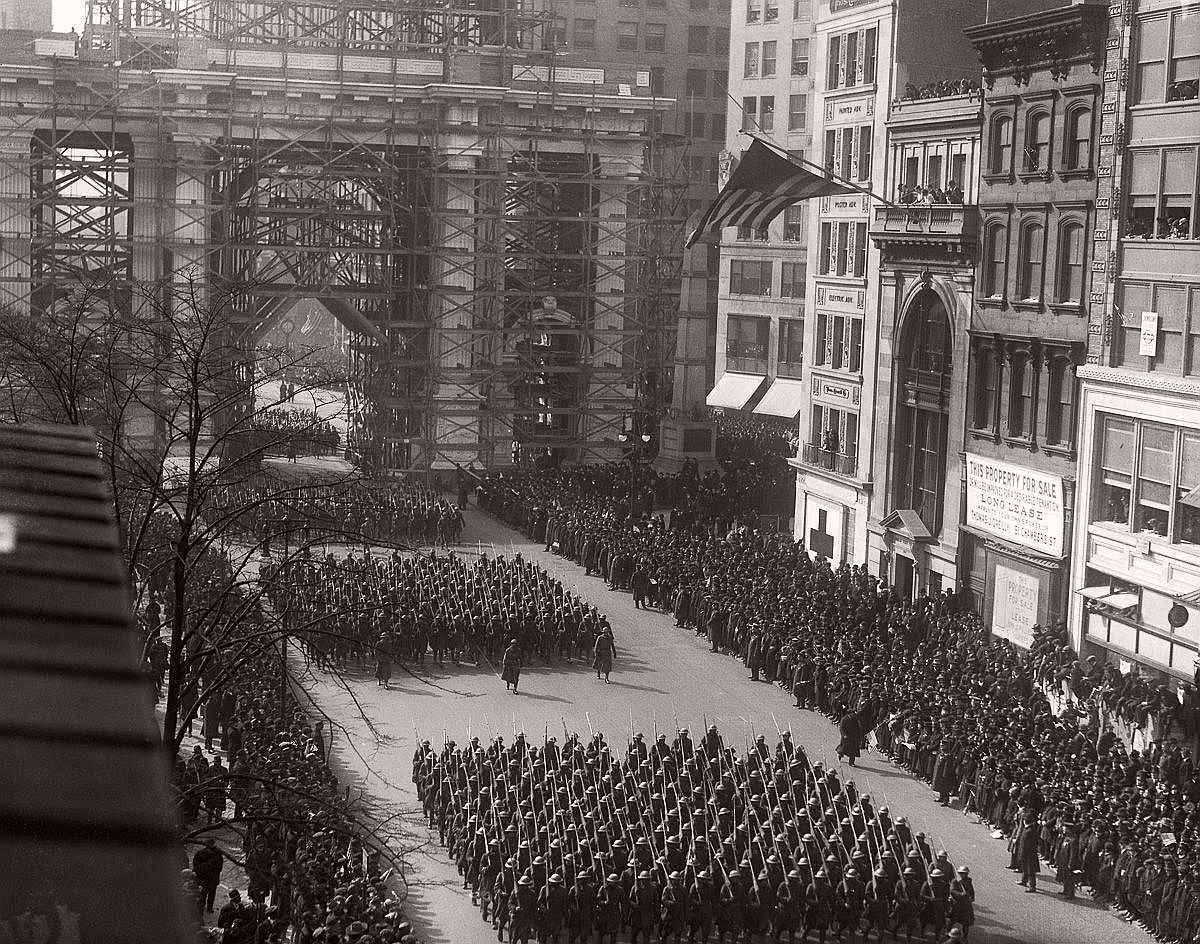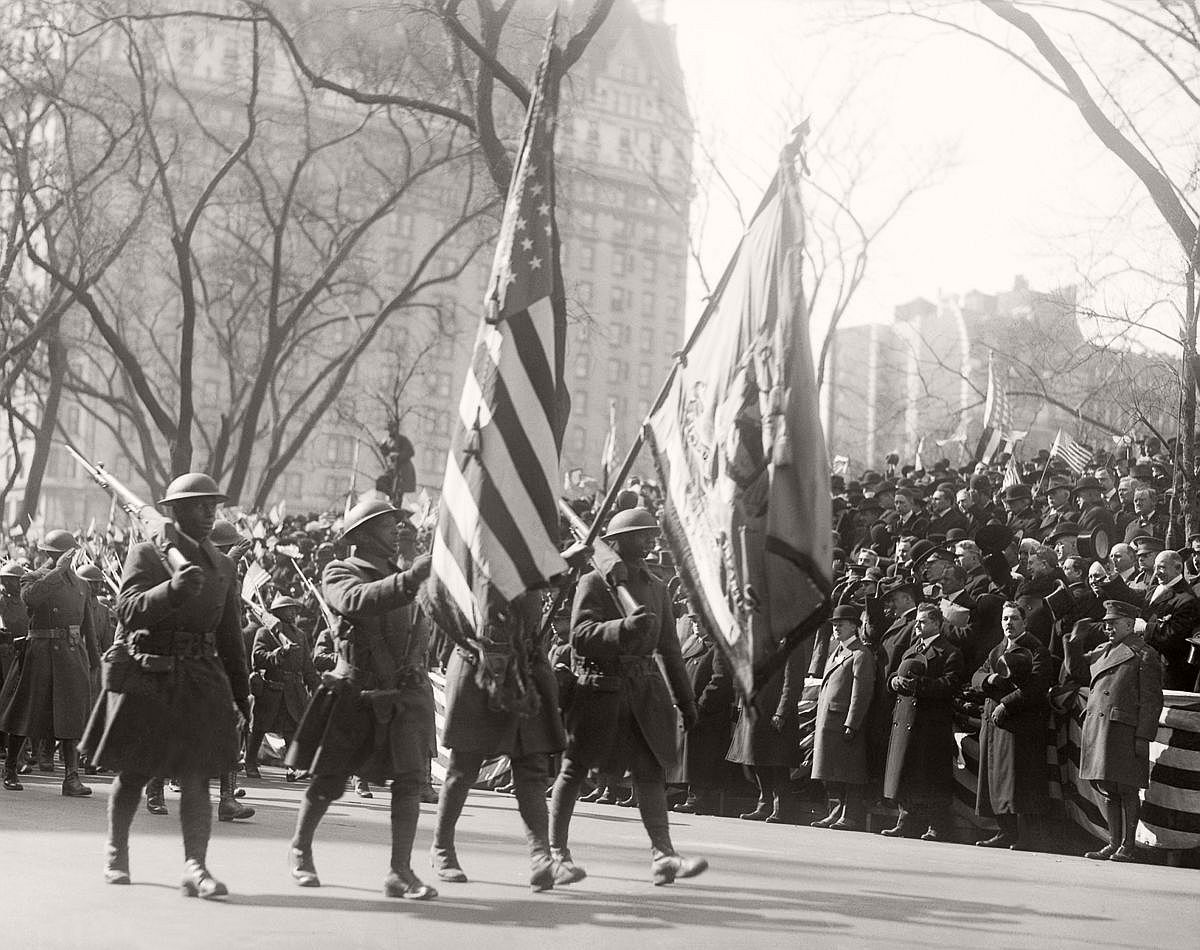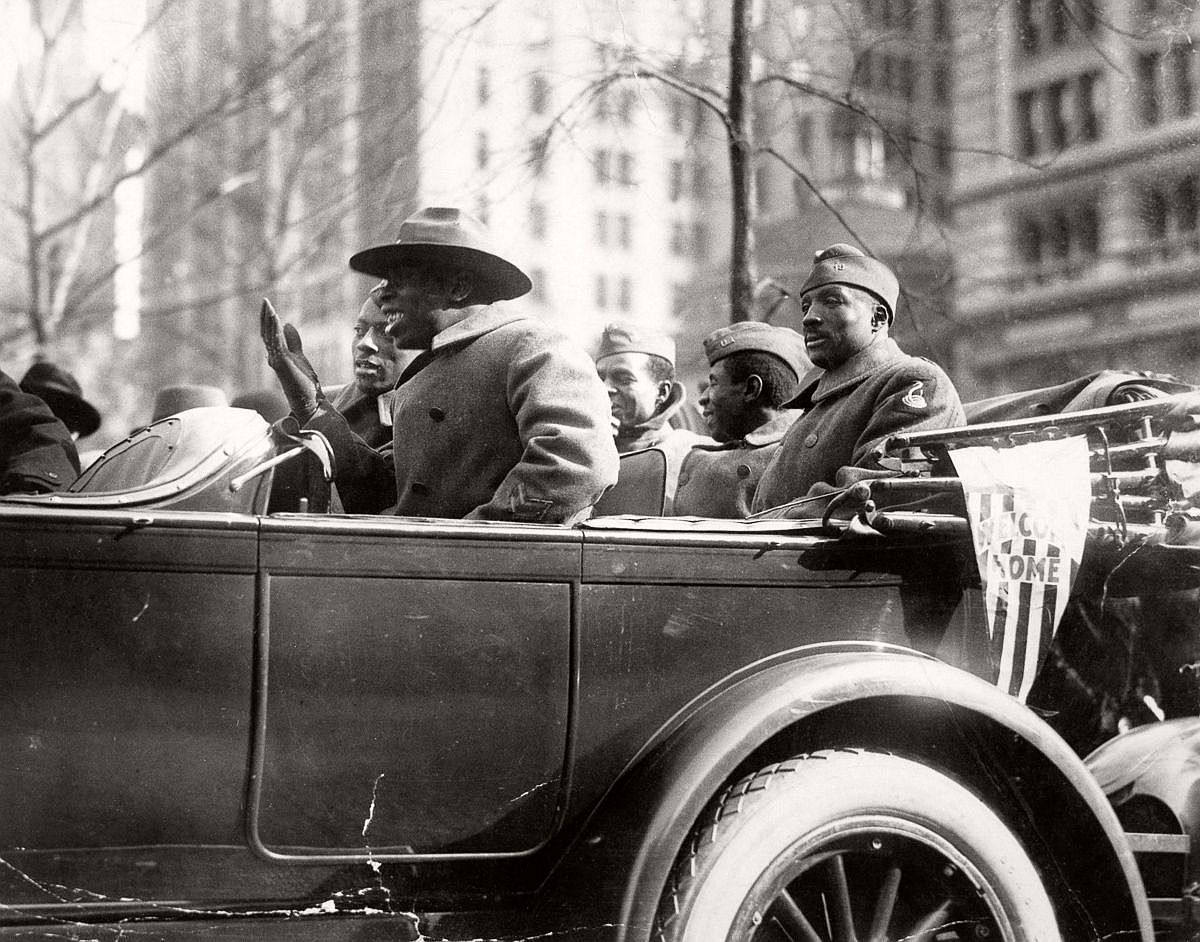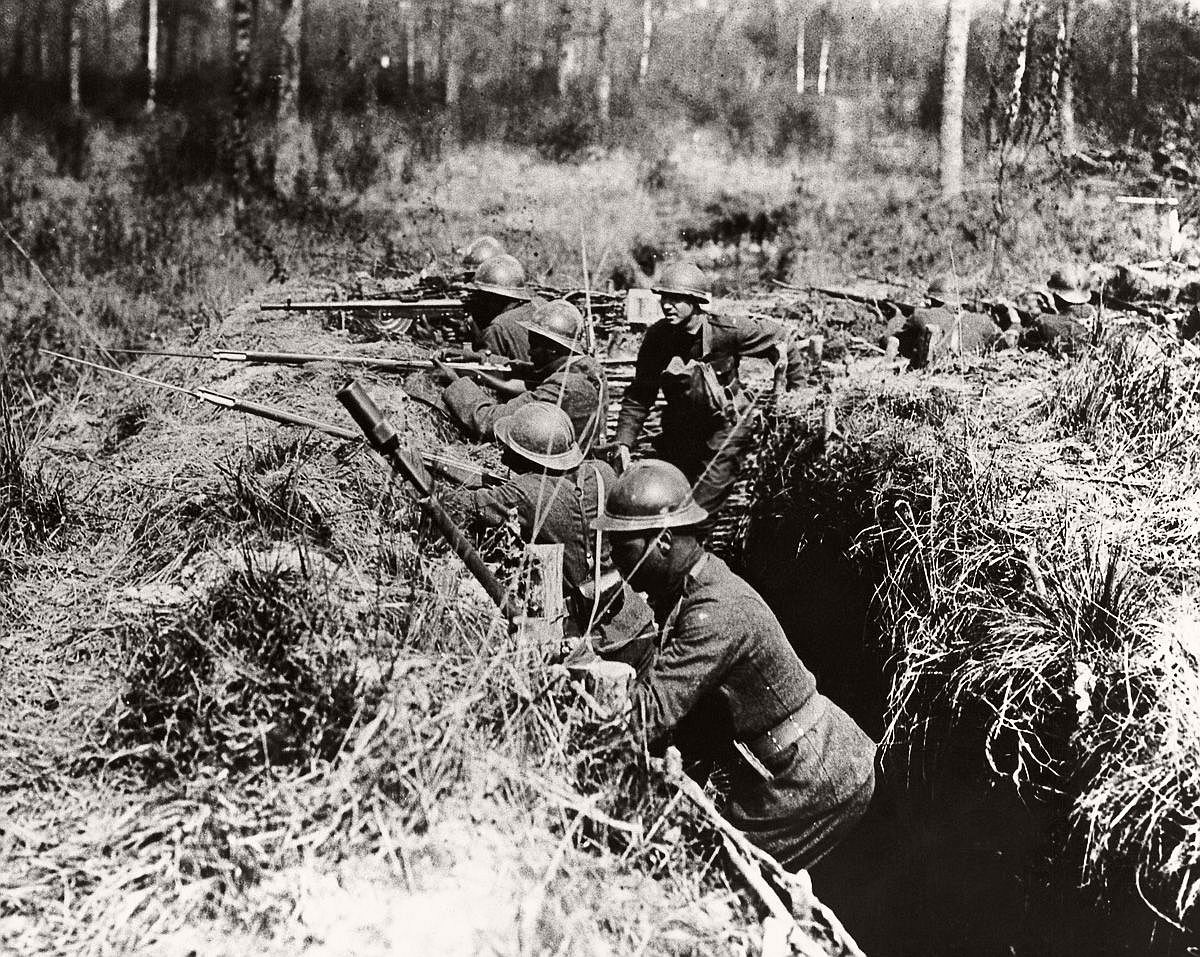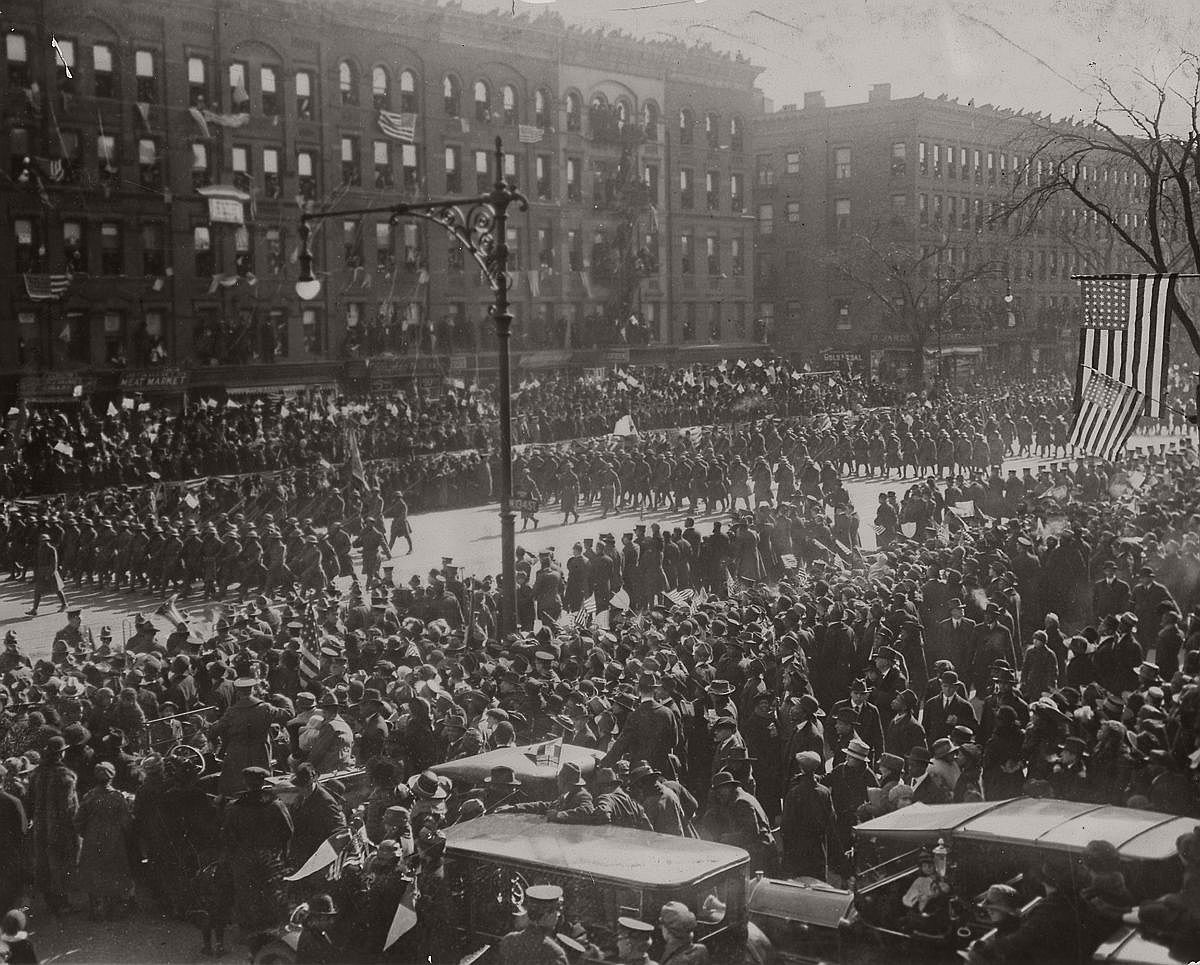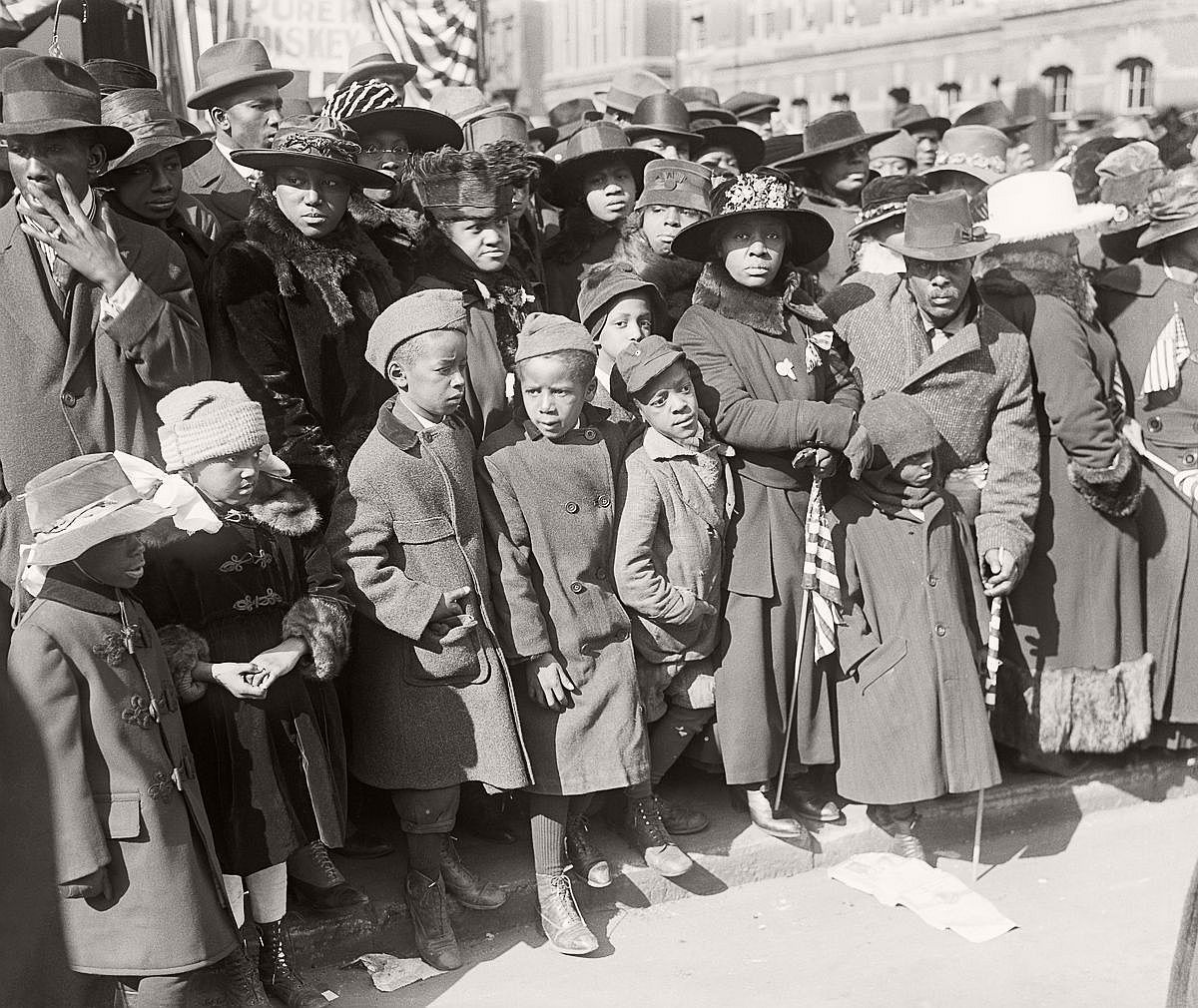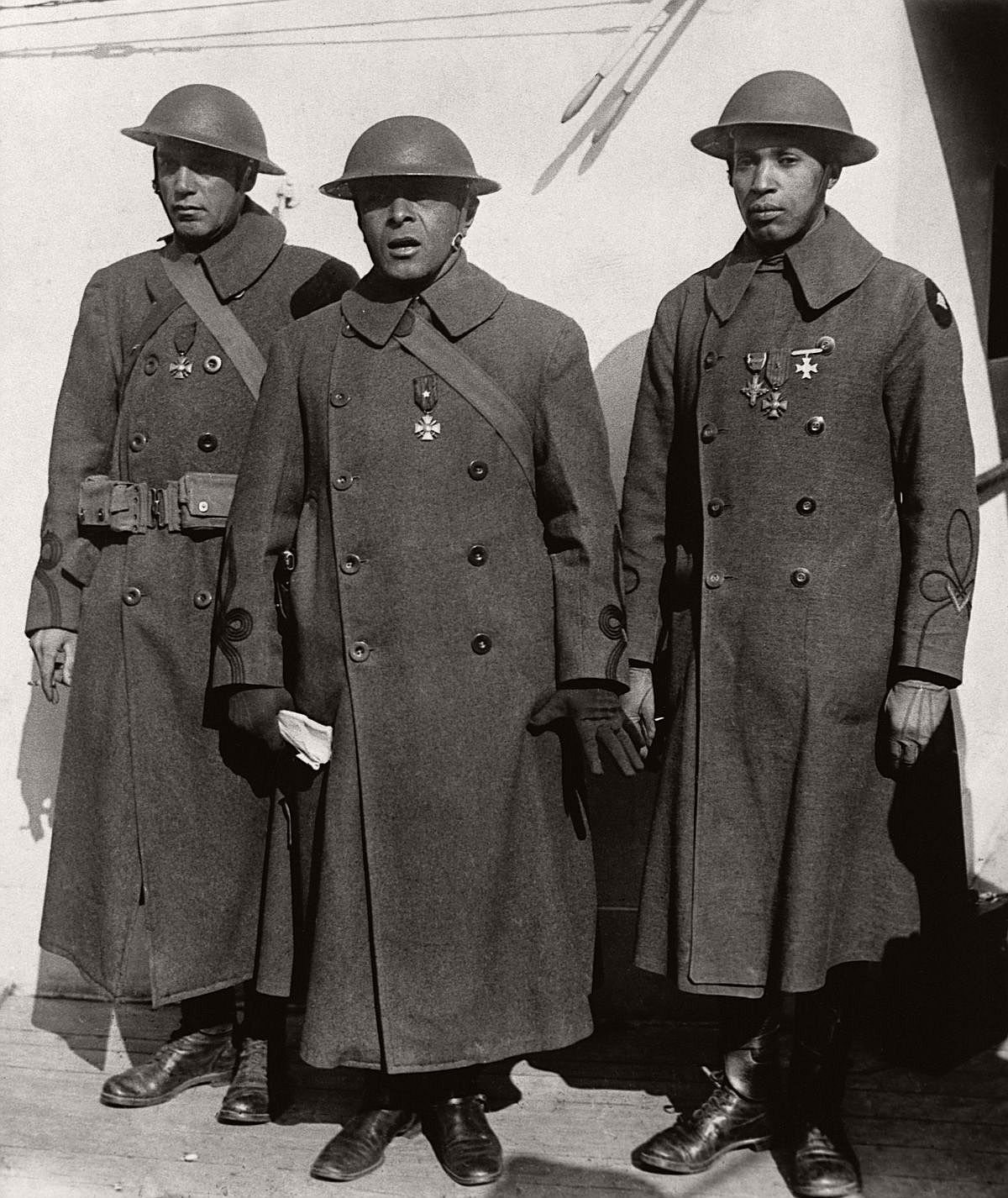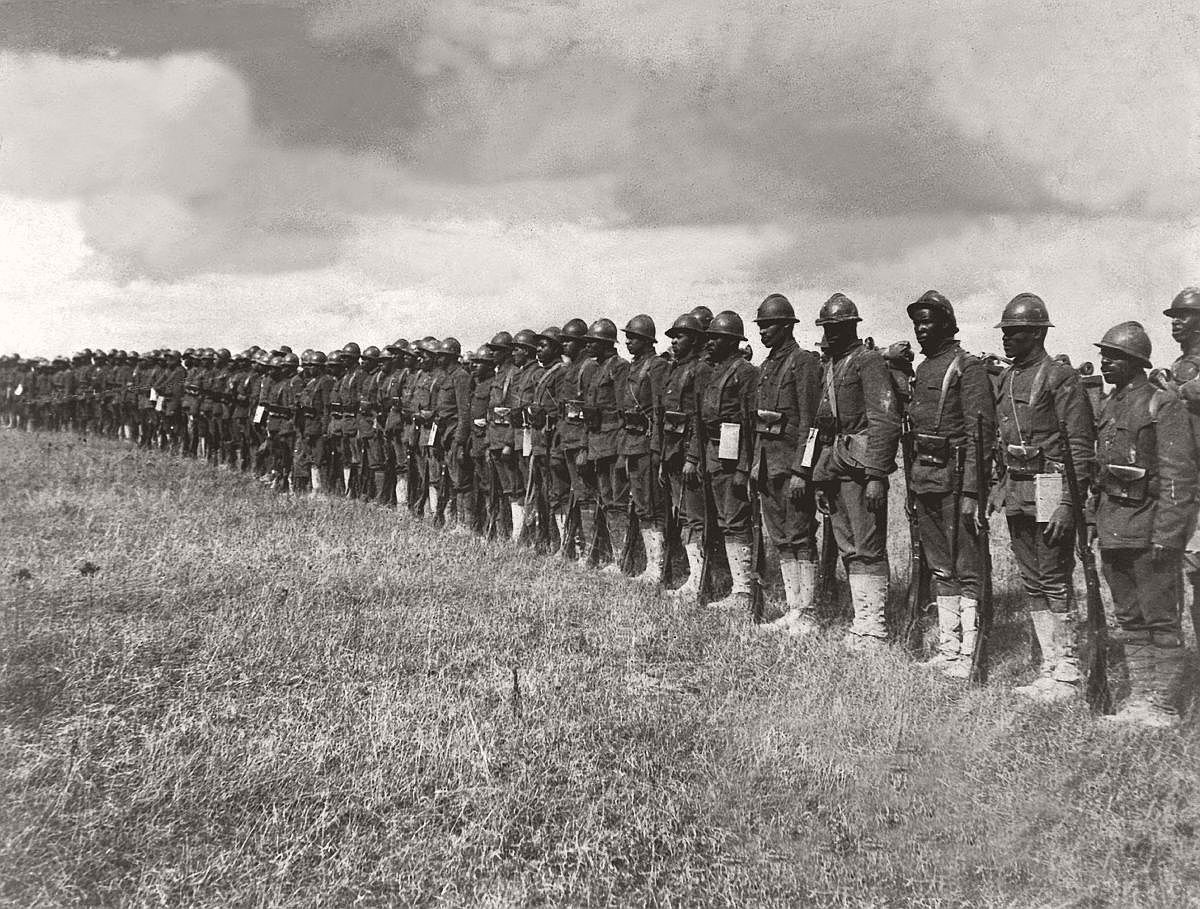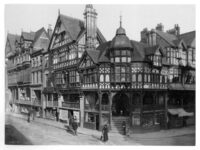On 5 October 1917 long time secretary to Booker T. Washington, Emmett J. Scott was appointed Special Assistant to Newton D. Baker, the Secretary of War. Emmett was to serve as a confidential advisor in situations that involved the well-being of ten million African-Americans and their roles in the war. While many African Americans who served in the Great War believed that, upon returning home racial discrimination would dissipate, that did not happen. Racial hatred after World War I was probably at its worst until the start of the Second World War. So with this American discrimination of African American soldiers, these troops were often sent to Europe where they were used to fill vacancies in the French Armies. Unlike the British, the French held high opinions of black soldiers which made for a more positive environment when working together. Ironically this made African American troops more passionate about fighting for America. This newly created patriotism by African Americans then led to the creation of the 369th Infantry Regiment.
Although many African Americans were eager to fight in the war, they were being turned away from military service. When America realized that they did not have close to enough soldiers, they decided to pass the selective service act which required all men from the age 21-31 to enlist in the draft. Additionally, they decided to allow African Americans to enlist as well. This would give African Americans the opportunity that they needed to try and change the way they were perceived by white America.
The 369th Regiment was formed from the National Guard’s 15th Regiment in New York. The 15th Regiment was formed after Charles S. Whitman was elected Governor of New York. He enforced the legislation that was passed due to the efforts of the 10th Cavalry in Mexico which had passed as a law that had not manifested until 2 June 1913.
Once the United States entered into World War I, many African Americans believed that entering the armed forces would help eliminate racial discrimination throughout the United States. Many African Americans felt that it was “a God-sent blessing” so that they could prove that they deserved respect from the white Americans through service in the armed forces. Through the efforts of the Central Committee of Negro College Men and President Wilson, a special training camp to train black officers for the proposed black regiments was established.
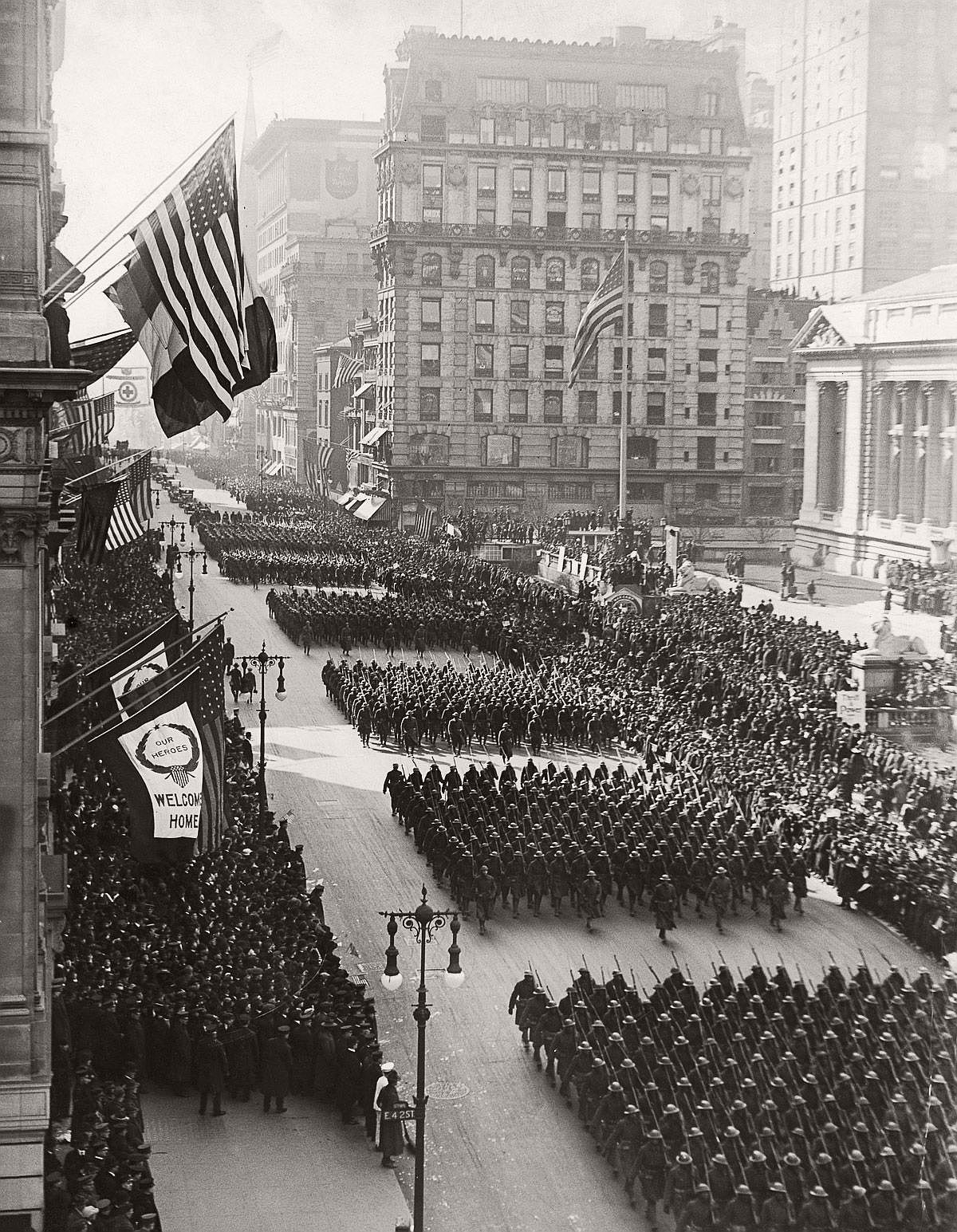
The 369th parades up Fifth Avenue upon their return to New York. Feb. 17, 1919. (FPG/Hulton Archive/Getty Images)

Soldiers of the 369th wearing the Cross of War medal pose for a photo on their trip back to New York, 1919. (National Archives)
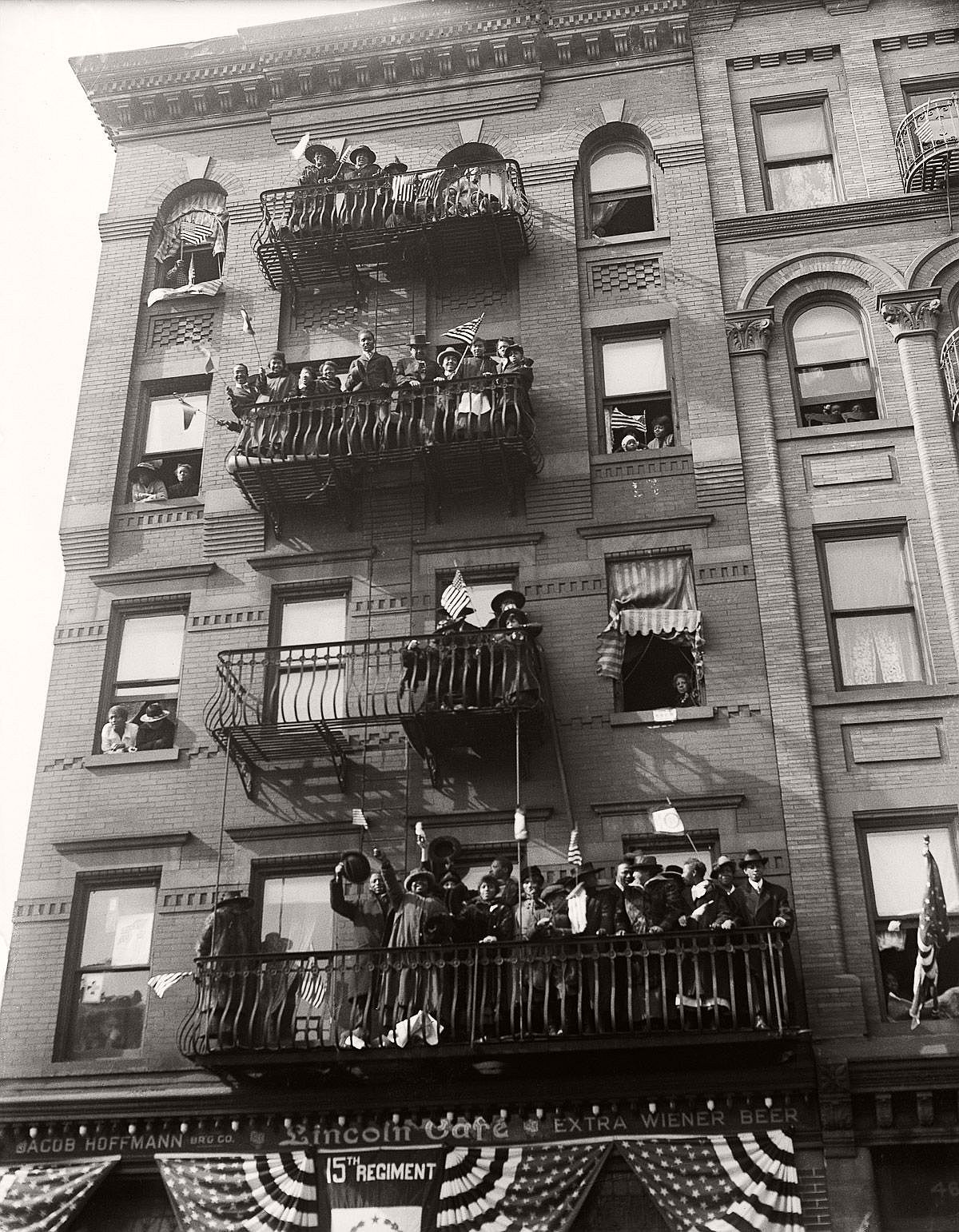
Spectators cheer on the 369th, formerly known as the 15th Regiment, upon their return to New York. Feb. 17, 1919. (Bettmann/Corbis)
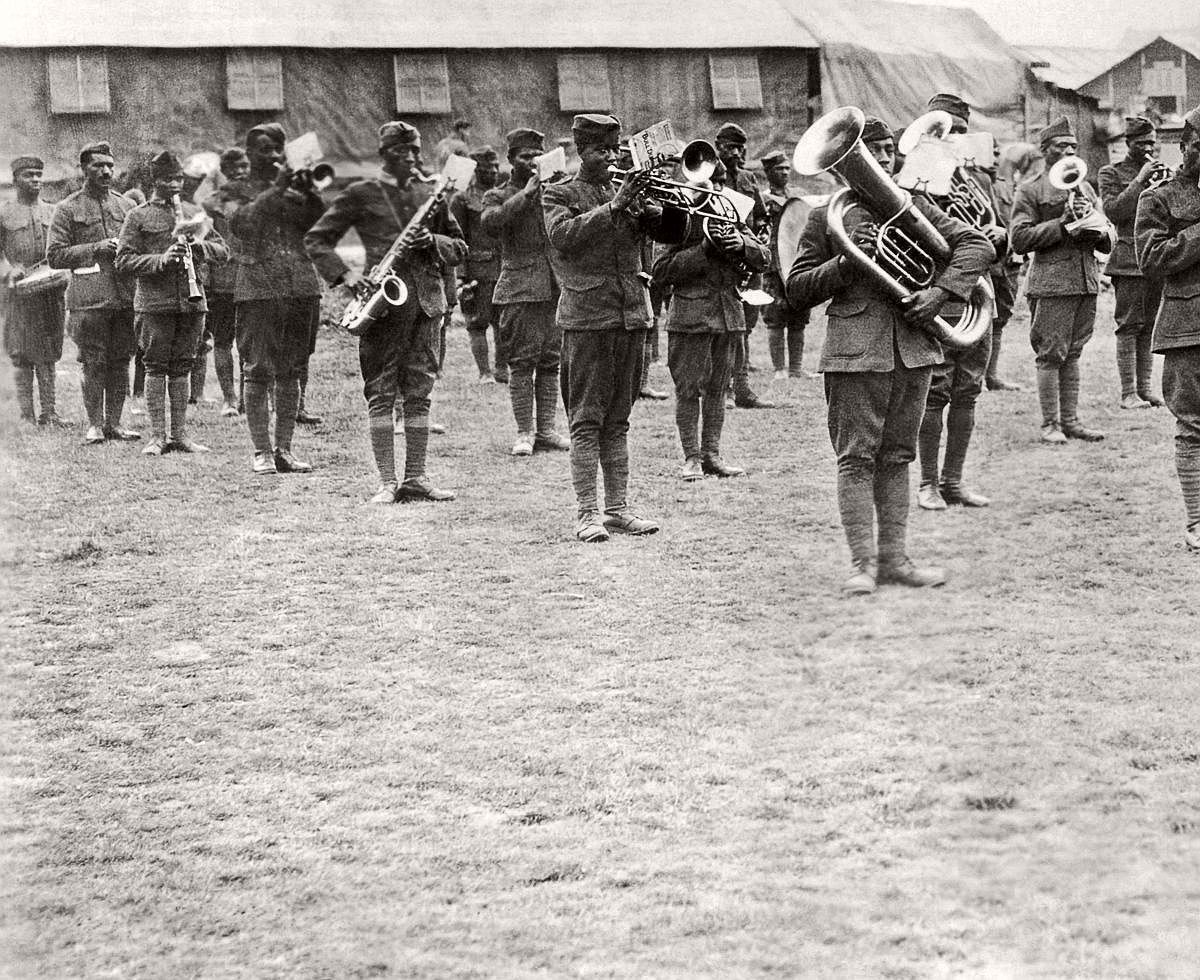
Members of the 369th Infantry band perform under the direction of Lt. James Reese Europe in France, 1918. (Underwood Archives/Getty Images)

Cpl. Fred McIntyre of the 369th poses with a bullet-framed photo of Kaiser Wilhelm which he carries for good luck, c.1918. (Corbis)
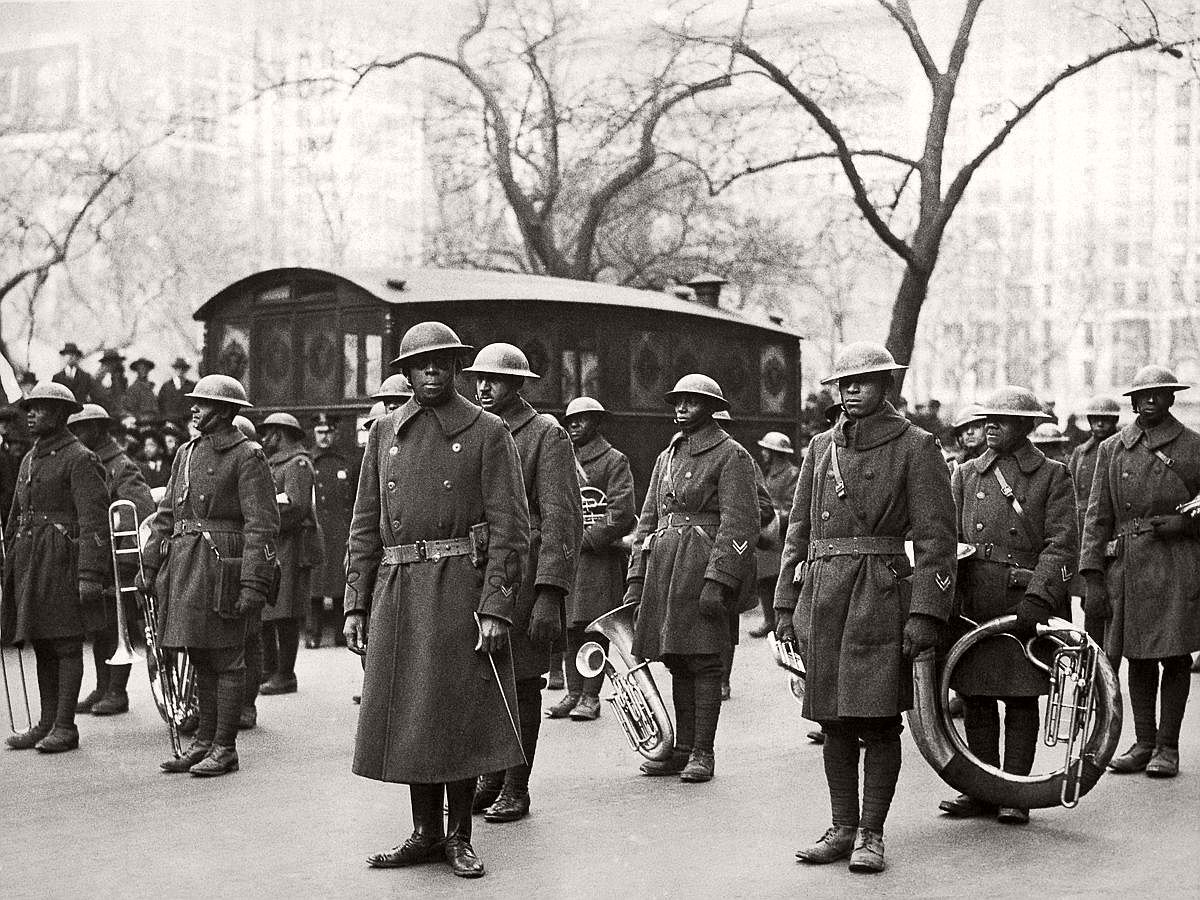
Lt. Reese leads the 369th band in a parade upon their return to New York City. Feb. 17, 1919. (Underwood Archives/Getty Images)

